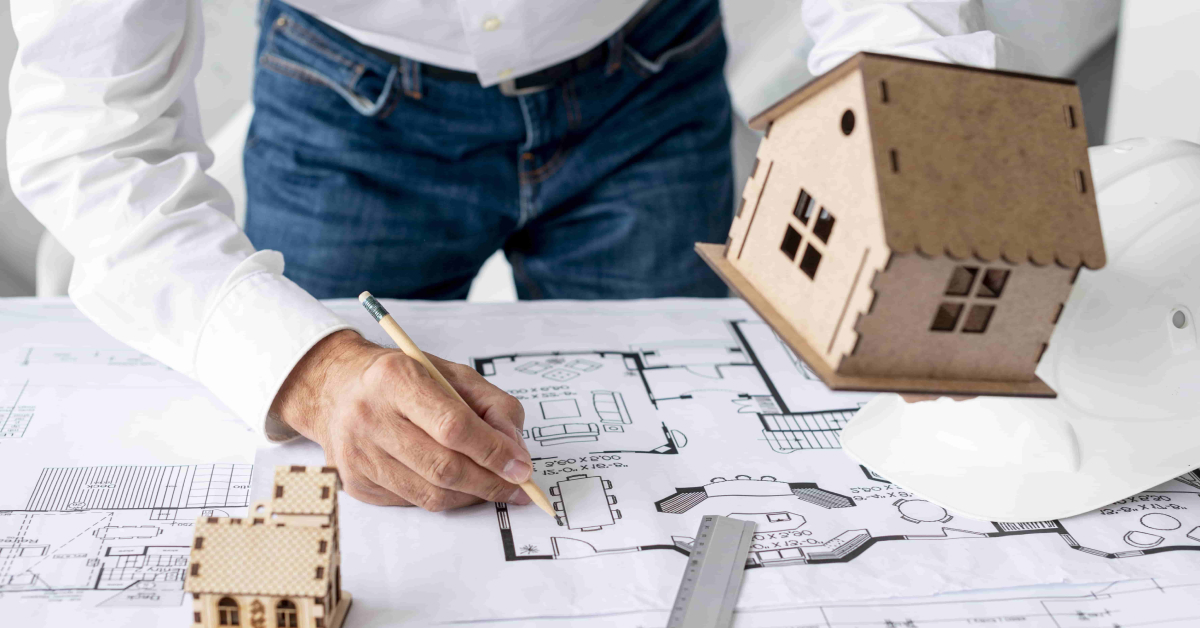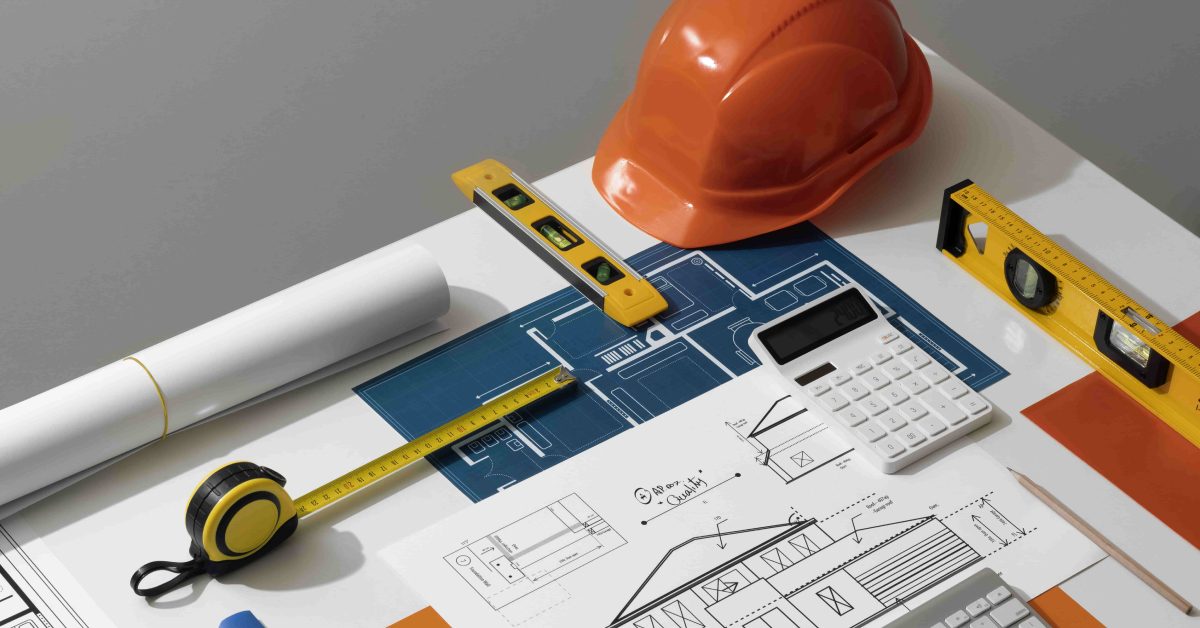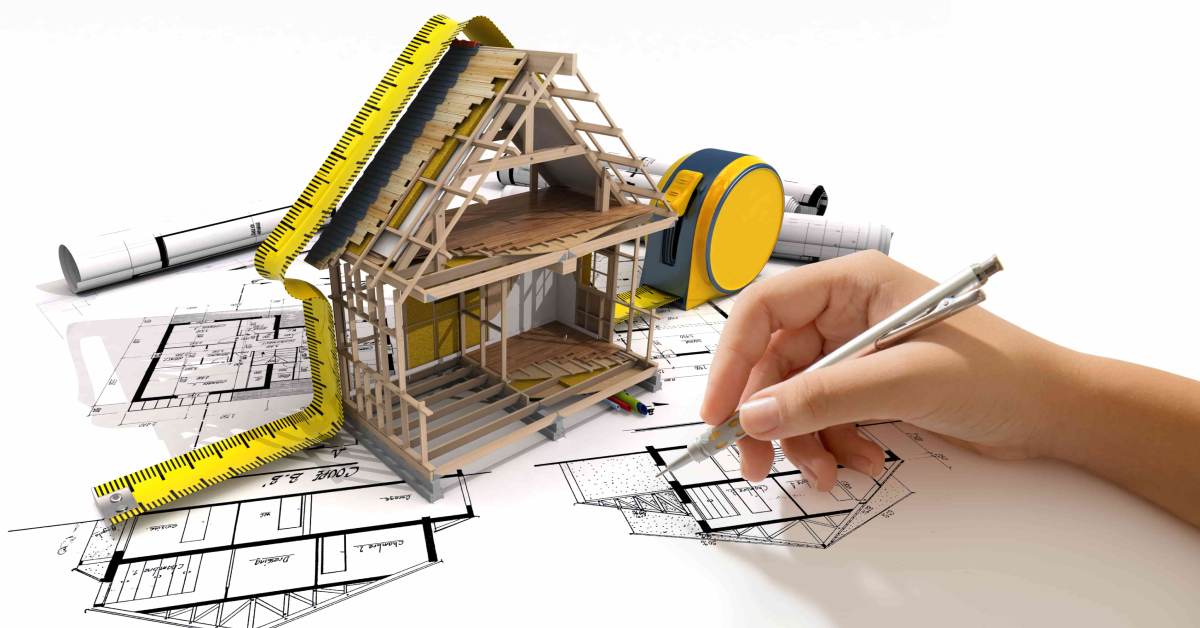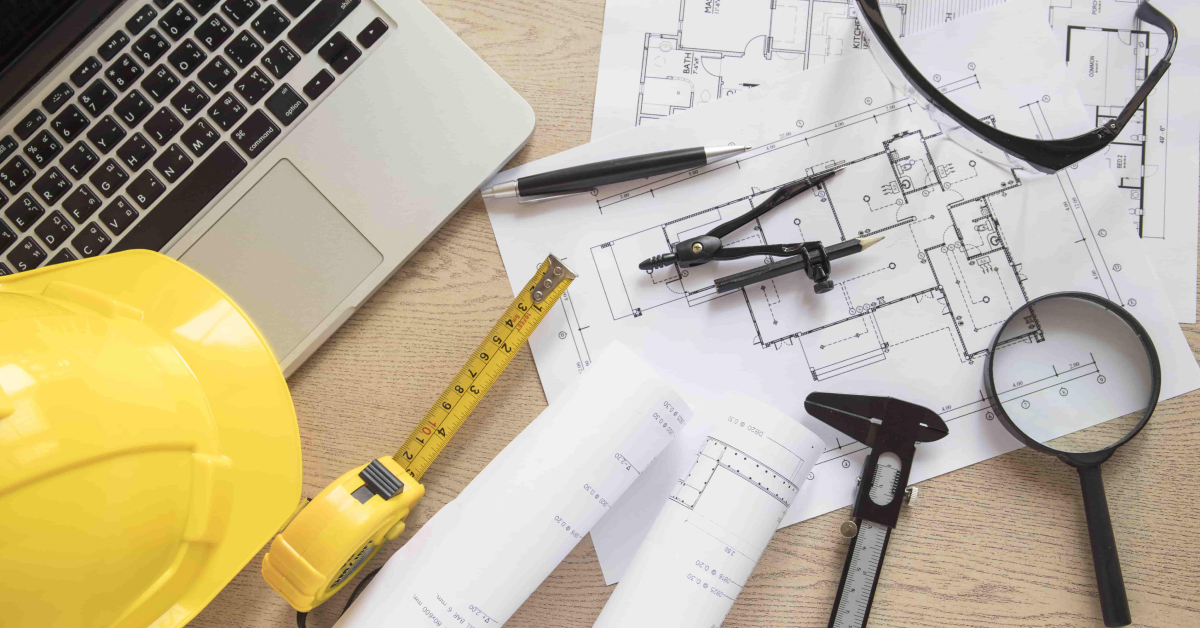In the dynamic world of construction! Understanding the different types of construction projects is crucial for an owner or a contractor. Not only does it help streamline your approach, but it also ensures that you meet specific needs effectively. In this blog, we’ll explore six distinct types of construction projects. Each type comes with its own set of challenges and considerations for owners who are investing and contractors who are bringing these projects to life.
The construction industry is incredibly diverse, encompassing everything from small residential renovations to massive commercial developments and intricate industrial facilities. Knowing each project type’s nuances can guide better decision-making and strategic planning for owners. For contractors, this knowledge allows for better preparation, resource allocation, and project execution.Let’s dive into the first type of construction project, which is often the most familiar to the general public—residential construction. From single-family homes to apartment complexes, residential projects shape the places we call home, blending functionality with comfort and style. As families grow and communities evolve, the demand for innovative residential solutions rises. Explore how the best construction company in Rawalpindi & Islamabad transforms residential visions into reality at Best Construction Company in Rawalpindi & Islamabad.
Residential Construction Projects:
Residential construction projects are all about creating homes. These projects can range from single-family houses to multi-unit apartments and everything in between. For many owners, these projects are deeply personal, as they’re not just building structures; they’re creating spaces for lives to unfold.

Critical Considerations for Owners:
When embarking on a residential construction project, owners must consider budget, timeline, and customization. It’s essential to establish a clear budget upfront to spend it wisely. The timeline is also crucial, especially if you plan to move into your new home by a specific date. Lastly, customization is a significant factor; residential projects often involve a high degree of personal choice in finishes and layouts, which can affect cost and construction time.
Focus for Contractors:
For contractors, residential projects require meticulous attention to detail and client communication. It would help if you navigated local building codes and regulations, which can vary significantly from one area to another. Coordination with various subcontractors—from electricians to plumbers to interior designers—is essential for ensuring that all aspects of the home are completed to specification and on schedule.
Commercial Construction Projects:
The scale and stakes often increase from the residential to the commercial realm. Commercial construction projects include shopping centers, office buildings, and sports facilities. These structures are designed for functionality and to enhance business operations.
Owner’s Perspective:
For owners, commercial projects are a significant investment. They are looking at the immediate construction costs and the potential return on investment (ROI). Commercial buildings must attract tenants, customers, or employees, so strategic location and building amenities play a crucial role. The profitability of these projects makes understanding the broader economic climate essential.
Challenges for Contractors:
Commercial construction typically involves more complex designs and advanced technologies than residential projects. Contractors must manage larger teams and coordinate with more stakeholders, including architects, city planners, and business owners. Timelines are often tighter, and the scale of work can introduce additional logistical challenges, such as larger foundations, structural supports, and sophisticated electrical systems.
Industrial Construction Projects:
Industrial construction projects are a world apart in the construction sector, encompassing facilities like factories, warehouses, and power plants. These projects are critical for the economy as they often involve producing and distributing goods.
Owners’ Concerns:
For those investing in industrial projects, the focus is on functionality, efficiency, and compliance with industrial standards. Industrial construction often requires a hefty initial investment, but the long-term operational efficiency can offer substantial returns. Owners must also be vigilant about environmental impact and adherence to increasingly stringent regulations, which can influence everything from building materials to waste management systems.
Contractors’ Needs:
Contractors tasked with industrial projects need specialized knowledge and equipment. The scale of these projects can be vast, with complex machinery and structural requirements that surpass typical building needs. Safety is paramount, as these environments often present more hazards than residential or commercial sites. Consequently, contractors must have rigorous safety protocols and trained personnel adept at managing the unique challenges of industrial construction.
Infrastructure Projects:
Infrastructure projects are the backbone of civic life, encompassing the construction of roads, bridges, tunnels, and utilities. These projects are generally funded and managed by government entities and are crucial for societal function and economic stability.
Impact on Owners:
For owners, which are often public agencies or government entities, the primary concern is long-term utility and durability. Infrastructure projects require immense planning and investment but are essential for connecting communities and facilitating commerce. Funding these projects often involves public money, so transparency and accountability are crucial. However, the benefits are widespread, affecting countless individuals and the environment.
Contractor Considerations:
Contractors working on infrastructure projects face unique challenges, such as adhering to strict governmental regulations and managing logistics on a large scale. These projects often require working in public spaces, necessitating minimal disruption to daily life. Contractors must also coordinate with multiple government agencies and handle large teams that might include hundreds of workers from diverse disciplines.
Environmental Construction Projects:
Environmental construction projects focus on sustainability and its impact on the natural world. These projects include developing renewable energy facilities like solar farms and wind turbines and eco-friendly buildings designed with green technologies and materials.
Owner’s Investment in Sustainability:
Owners who embark on environmental construction projects are often driven by a commitment to sustainability and a vision for long-term ecological health. These projects can provide significant returns through energy savings and tax incentives. Additionally, they can enhance a company’s or individual’s image as a leader in environmental stewardship, attracting customers or tenants who value green practices.
Contractors’ Role:
For contractors, environmental projects require a deep understanding of green technologies and sustainable building practices. It includes expertise in materials that minimize environmental impact, energy-efficient systems, and even innovative construction techniques like green roofs and natural ventilation systems. Contractors must also navigate the complex web of ecological regulations and secure specialized certifications that affirm their capability to work on environmentally focused projects.
Institutional Construction Projects:
Institutional construction projects involve facilities like schools, hospitals, and government buildings. These projects are often funded by public or non-profit sectors and are designed to serve the public good.
Owners’ Focus:
For institutional owners, the primary concerns are functionality, accessibility, and durability. These buildings must serve many people and often require flexible designs that can adapt to changing needs over time. Budget constraints are familiar, yet maintaining quality is paramount, especially since these buildings must be safe, welcoming, and capable of enduring heavy use. Despite financial limitations, prioritizing safety and durability ensures longevity and satisfaction for builders and occupants. Discover valuable insights for navigating Ultimate Guide to Construction in Rawalpindi & Islamabad: Expert Tips.
Contractor Challenges:
Contractors working on institutional projects must manage several layers of complexity. These buildings often have strict codes and regulations to meet, especially regarding safety and accessibility. Projects may need to be executed in phases to allow for ongoing operations, requiring contractors to work around active environments without disrupting daily activities. It demands logistical finesse and clear and constant communication with the client.

Conclusion:
Throughout this series, we have explored six distinct types of construction projects, each with unique challenges and considerations for owners and contractors. Understanding these differences is crucial for anyone involved in the construction industry, whether you are investing in new projects or orchestrating their execution.
By recognizing the specific needs and hurdles associated with each type of project, owners and contractors can achieve more effective collaboration, smoother project management, and, ultimately, successful project completion. Staying informed and adaptable as the construction industry evolves will be vital to navigating future challenges and opportunities.
FAQS:
What are the five types of building construction?
The five types of building construction, often defined by fire resistance, include:
- Fire-resistive construction, typically high-rises or buildings with high fire risk.
- Non-combustible construction, like steel-framed buildings.
- Ordinary construction, common in older buildings, uses a mix of non-combustible and combustible outbuildings.
- Heavy timber construction, using large wooden beams and columns with fire resistance.
- Wood-framed construction, the most explosive type, common in residential buildings.
What are the four main types of construction?
The four main types of construction are:
- Residential construction, including houses and apartments.
- Commercial construction involving retail centers, offices, and other business-oriented buildings.
- Industrial construction for factories, warehouses, and power plants.
- Infrastructure construction includes significant public works like bridges, highways, and utilities.
Who are the key players in a construction project?
Key players in a construction project typically include:
- The owner who funds the project and defines its scope.
- The architect is responsible for the design and aesthetic aspects.
- Engineers (structural, mechanical, electrical) focus on medical details.
- The general contractor oversees day-to-day construction and manages subcontractors.
- Subcontractors specialize in areas like plumbing, electrical, or roofing.
What are the seven types of construction?
While the typical classification includes five types based on fire resistance, as noted, there are also broader categories of construction projects if considered by purpose, which can include:
- Residential
- Commercial
- Industrial
- Infrastructure
- Institutional
- Agricultural (like barns and silos)
- Environmental (including projects aimed at improving sustainability, such as eco-buildings)





Comments are closed